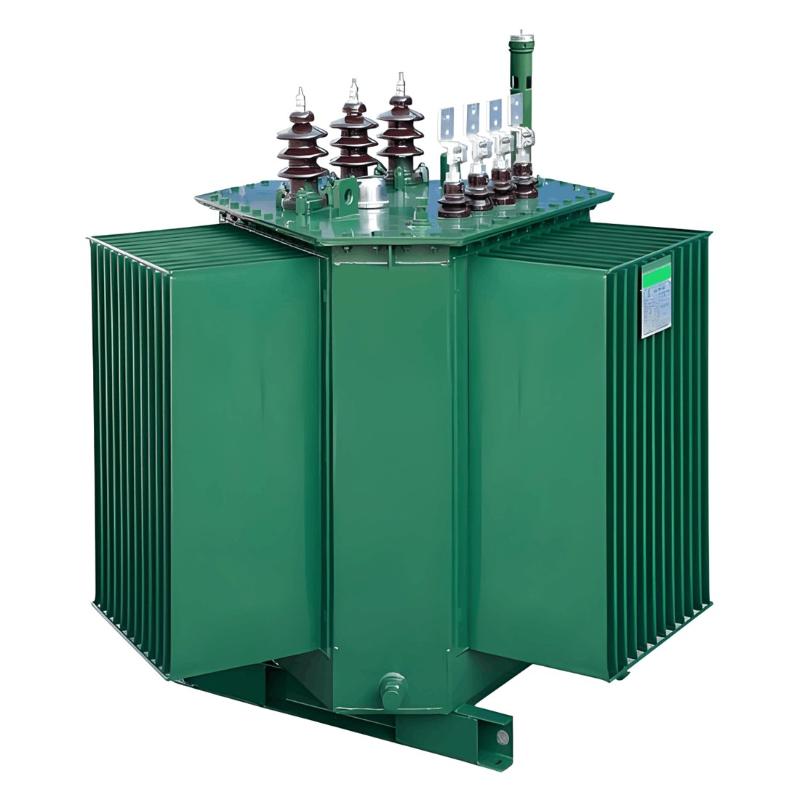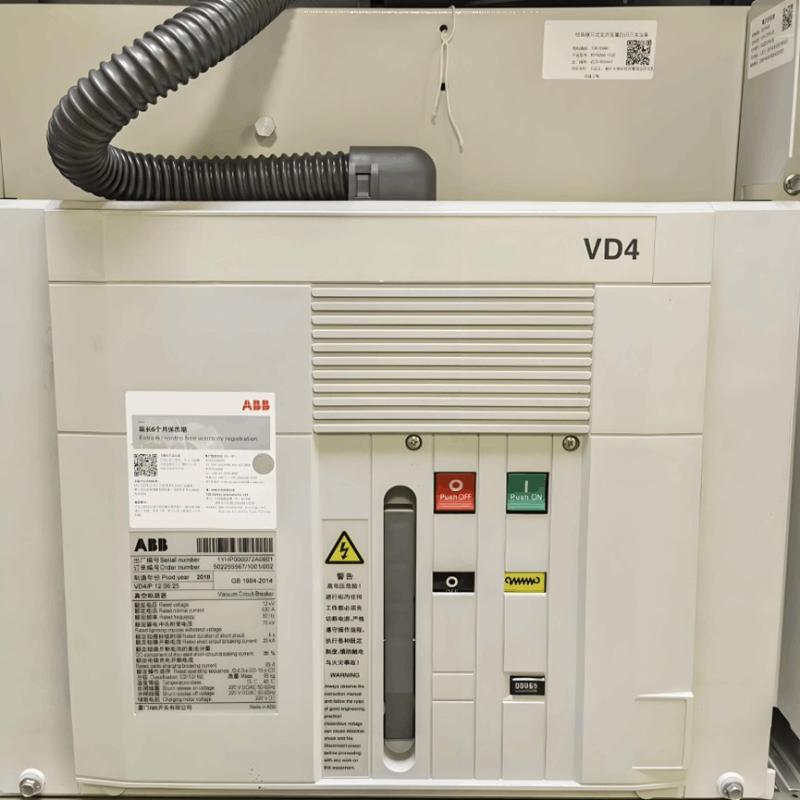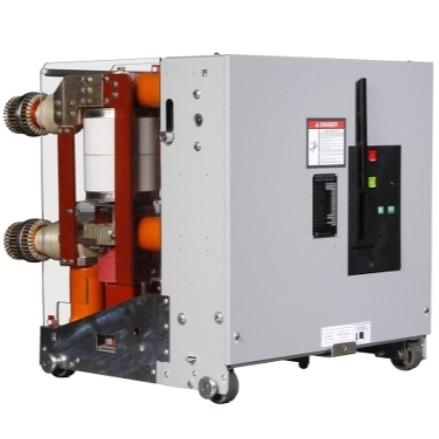Introduce the 10 kV line to the load center. Following “small capacity, dense points, short radius”, adopt the new single - phase distribution mode, featuring notable low - voltage line loss reduction, high power quality, and reliability. By comparing the economy and reliability of single - phase vs three - phase transformers in different scenarios, this paper analyzes their applicable scope and application suggestions.Single - phase transformers are classified by distribution mode: either with the 10 kV - side neutral point un - led out (medium - voltage side connected to the distribution network’s line voltage UAB/UBC/UAC, “phase - to - phase”), or with the 10 kV - side neutral line led out (medium - voltage side connected to the distribution network’s phase voltage UAN/UBN/UCN, “phase - to - ground”), as shown in Figures 1 and 2.
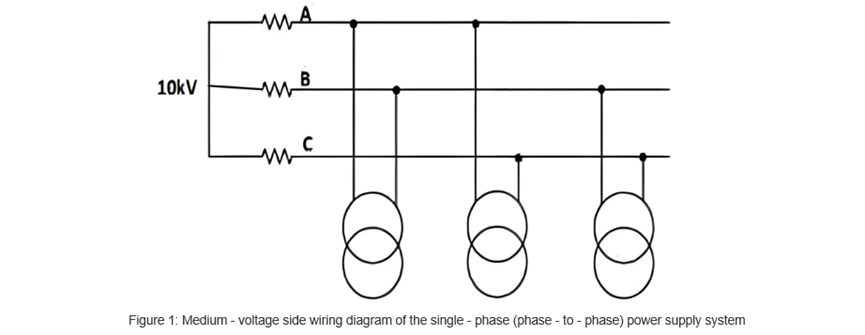
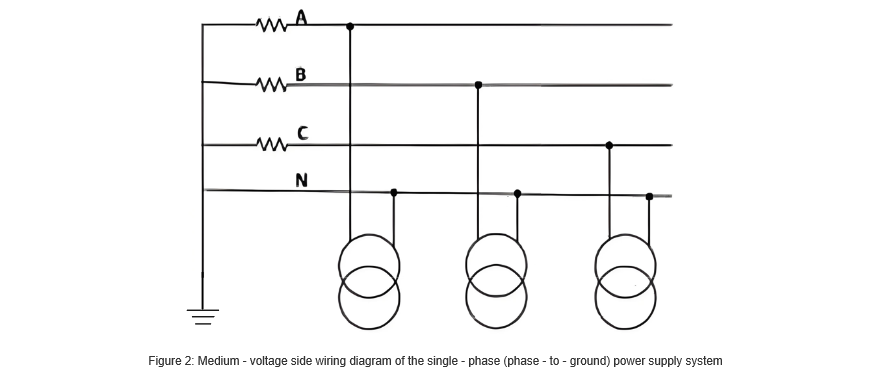
1 Loss Analysis of Single - phase Distribution System
In a single - phase distribution system, the grid losses mainly come from three parts: losses of single - phase transformers, losses of high - voltage distribution lines, and losses of low - voltage distribution lines. Taking the D11 type as an example, the calculation and analysis of the comprehensive line loss are as follows.
1.1 Single - phase Distribution Mode and High - voltage Side Connection Voltage
The high - voltage side adopts the single - phase distribution mode and is connected between line voltages; the low - voltage side adopts the single - phase three - wire system mode. The power loss of the distribution station area is calculated as:

In the formula, RL is the line resistance, Rdz is the equivalent resistance of the low - voltage line (unit: Ω); U is 10 kV, T is 8760 h (annual operating hours), and Upj is 0.38 kV (average voltage on the low - voltage side). ΔP is the active energy recorded by secondary metering (unit: kWh); ΔQ is the reactive energy recorded by secondary metering (unit: kWh); K is the correction coefficient related to the load curve, with a value of 1.8.
1.2 Single - phase Distribution Mode (High - voltage Side Connected to Phase Voltage)
The high - voltage side adopts the single - phase distribution mode and is connected between phase voltages. The low - voltage side uses the single - phase three - wire system. The power loss calculation formula of the distribution station area is as follows:

2 Application Comparison in Different Scenarios
Taking a certain region as an example, several typical application scenarios were selected to compare the economics of single - phase and three - phase power distribution methods in different station areas. (Considering a 15 - year lifecycle and an electricity price of 0.6083 yuan/kWh)
2.1 Small Villages with Scattered Loads
Village #1 has 37 residential users, including 33 single - phase users and 4 three - phase users. The distribution transformer capacity is 100 kVA, the 10 kV line is 838 meters long, the low - voltage line is 2170 meters long, the maximum load is 40 kW, and the annual loss hours are 3400 hours.
Three - phase power supply: The investment is approximately 401,000 yuan, and the total economic loss over the lifecycle is about 125,000 yuan.
Hybrid single - phase/three - phase power supply: The investment is about 512,000 yuan, and the total economic loss is around 38,000 yuan.
Conclusion: The hybrid system's total investment is about 24,000 yuan higher than the three - phase system.
2.2 Villages Unreachable by High - voltage Lines
Village #2 has 75 residential users. The distribution transformer capacity is 150 kVA, the 10 kV line is 752 meters long, and the low - voltage line is 1583 meters long. Limited by the line corridor, the 10 kV line cannot supply power nearby, resulting in a maximum post - meter line length of about 1008 meters and a minimum voltage of 179 V at the line end. The maximum load is 88 kW, and the annual loss hours are 3400 hours.
Three - phase power supply: The investment is approximately 334,000 yuan, and the total economic loss over the lifecycle is about 195,000 yuan.
Single - phase power supply: Using 10 kVA and 20 kVA single - phase transformers, the investment is about 468,000 yuan, and the total economic loss is around 27,000 yuan.
Conclusion: The single - phase system saves about 34,000 yuan in total investment compared to the three - phase system.
2.3 Large Villages with Concentrated Loads
Village #3 has 210 residential users, including 209 single - phase users and 1 three - phase user. The distribution transformer capacity is 400 kVA, the 10 kV line is 855 meters long, the low - voltage line is 1968 meters long, the maximum load is 120 kW, and the annual loss hours are 3400 hours.
Three - phase power supply: The investment is approximately 427,000 yuan, and the total economic loss over the lifecycle is about 226,000 yuan.
Hybrid single - phase/three - phase power supply: Replacing the original transformer with a 100 kVA three - phase transformer and using 10 kVA/20 kVA single - phase transformers for remote loads, the investment is about 710,000 yuan, and the total economic loss is around 61,000 yuan.
Conclusion: The hybrid system's total investment is about 118,000 yuan higher than the three - phase system.
2.4 Urban Street Load Areas
Market #4 has 171 users (all single - phase), with loads distributed along both sides of an urban street (residential and commercial mix). The distribution transformer capacity is 500 kVA, the 10 kV line is 385 meters long, the low - voltage line is 748 meters long, the maximum load is 375 kW, and the annual loss hours are 3400 hours.
Three - phase power supply: The investment is approximately 250,000 yuan, and the total economic loss over the lifecycle is about 751,000 yuan.
Single - phase power supply: Using 10 kVA and 20 kVA single - phase transformers, the investment is about 419,000 yuan, and the total economic loss is around 291,000 yuan.
The single - phase system saves about 291,000 yuan in total investment compared to the three - phase system, and the application of power distribution methods in these typical scenarios is shown in Table 1.

3 Analysis of Single - phase Distribution Applicability
In urban areas with high load density, single - phase distribution is unsuitable for two reasons: 1) Higher investment costs due to the lack of transformer economies of scale; 2) Limited potential for loss reduction in short low - voltage lines.
Rural areas with three - phase power demands (e.g., farmland irrigation) require hybrid single/three - phase power supply systems. Opt for phase - to - phase single - phase connections to avoid costly 10 kV feeder renovation.
Economic Thresholds
Transformer capacities: 50/100/150/200 kVA
Line lengths: 1–3 km (in 0.5 - km increments)
Max load: 50% of the transformer capacity
Annual loss hours: 3,400
Quantitative analysis reveals that cost - effectiveness varies with line length and load. Hybrid systems help optimize investment and minimize losses.

4 Main Conclusions
In summary, the investment and losses of distribution transformers exhibit economies of scale. Large - scale use of single - phase power distribution is not the optimal approach. Its economic viability should be evaluated based on both the length of distribution lines and electricity consumption. Generally speaking, when the capacity of a three - phase distribution transformer in a station area reaches 150 kVA and the length of the low - voltage line exceeds 1.5 kilometers, converting the three - phase power distribution mode to the single - phase one is economically favorable.

























